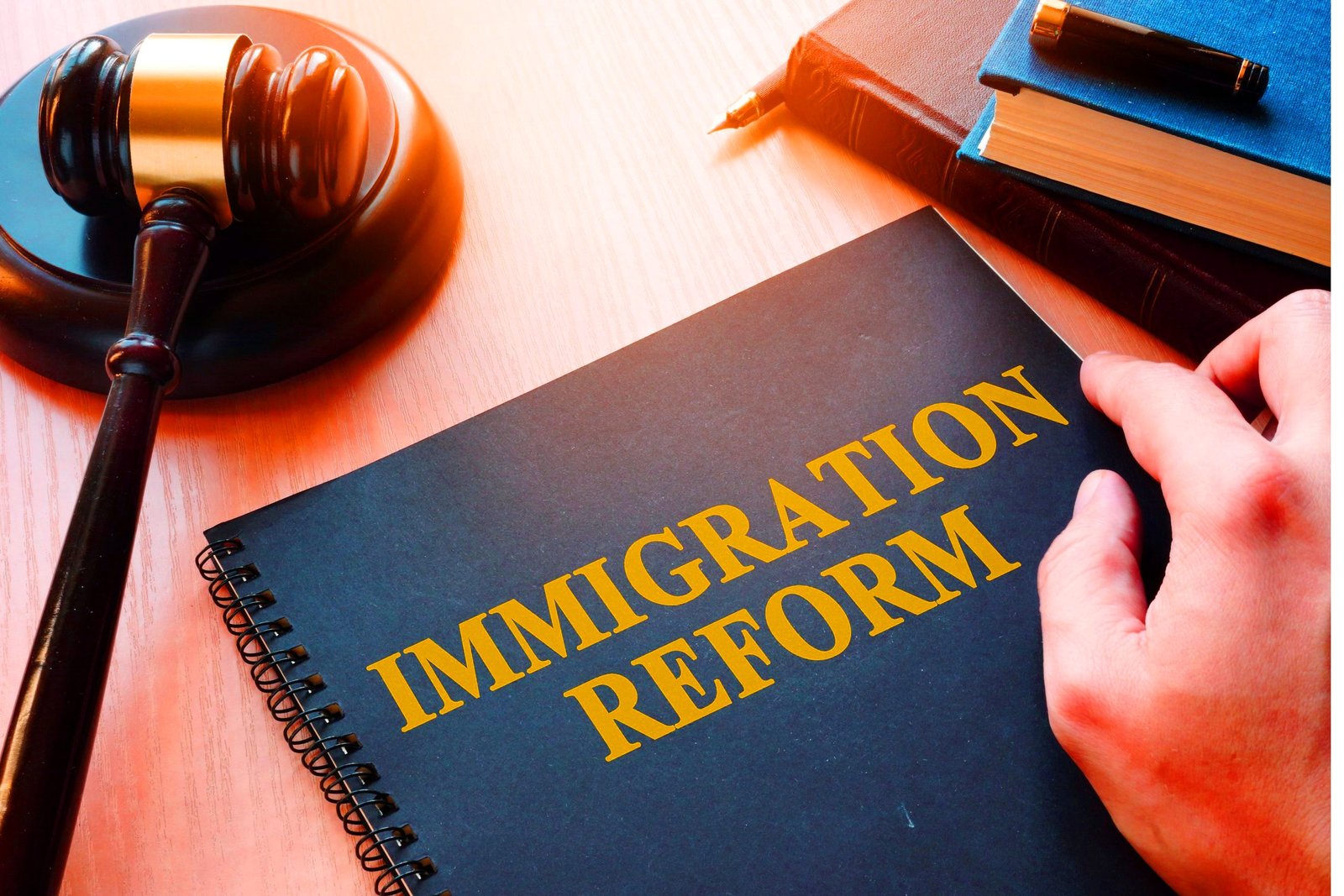Reforms to Immigration Policy and Developments

Contents
- 1 Historical Context
- 2 Current Immigration Landscape
- 3 Recent Developments
- 4 Impact on Economic Landscape
- 5 Social Implications
- 6 Addressing Border Security
- 7 Future Outlook
- 8 Stakeholder Perspectives
- 9 Global Comparisons
- 10 Legal Reforms
- 11 Public Awareness and Education
- 12 Adapting to Economic Needs
- 13 Challenges in Implementation
- 14 Conclusion
- 15 FAQs(Reforms to Immigration Policy)
Historical Context
Understanding the current state of immigration policies requires a retrospective glance at their evolution. From the restrictive measures of the past to the attempts at comprehensive reform, the historical context sets the stage for assessing the necessity of contemporary changes.
Current Immigration Landscape
A comprehensive overview of existing immigration policies provides a foundation for analyzing the challenges and shortcomings that policymakers seek to address through reform. This section outlines the complexities of the current system and the areas in need of improvement.
Recent Developments
Recent times have witnessed significant changes in immigration policies through legislative amendments and executive actions. The article explores the implications of these changes and examines public reactions, shedding light on the dynamic nature of the immigration discourse.
Impact on Economic Landscape
Immigration policy reforms have profound effects on a nation’s labor force dynamics and economic landscape. This section analyzes how changes in immigration policies contribute to economic growth and the valuable role immigrants play in various industries.
Social Implications
Beyond economics, immigration policy reforms influence cultural diversity and community integration. This section explores the social implications of such reforms, emphasizing the importance of fostering inclusive societies.
Addressing Border Security
Enhancing border security is a pivotal aspect of immigration policy reforms. This section discusses the policies and technological advancements aimed at ensuring secure borders while balancing the needs of a diverse and interconnected world.
Read More: Understanding Immigration Law’s Complexity
Future Outlook
An exploration of the potential long-term effects of immigration policy reforms and ongoing discussions provides insight into the trajectory of future developments in this dynamic field.
Stakeholder Perspectives
Understanding the perspectives of key stakeholders, including the government and advocacy groups, adds depth to the analysis. This section provides insights into the varying viewpoints that shape the immigration policy landscape.
Global Comparisons
A comparative analysis of immigration policies from other nations offers valuable lessons. By learning from international experiences, policymakers can gain insights into effective strategies and potential pitfalls.
Legal Reforms
Changes in visa categories and pathways to citizenship are essential components of immigration policy reforms. This section explores the legal aspects of recent changes and their implications for immigrants.

Public Awareness and Education
Informing the public about policy changes and addressing misconceptions is crucial for building a supportive environment. This section highlights the importance of public awareness and education in shaping a positive narrative.
Adapting to Economic Needs
Aligning immigration policies with labor market demands is vital for economic sustainability. This section explores how skill-based immigration systems can contribute to meeting the evolving needs of the workforce.
Challenges in Implementation
While reforms aim to bring positive changes, navigating administrative hurdles and balancing security and humanitarian concerns present challenges, this section discusses the complexities involved in the effective implementation of immigration policy reforms.
Read More: The Role of Civil Rights Laws in Immigration and Refugee Rights 2023
Conclusion
FAQs(Reforms to Immigration Policy)
How do immigration policy reforms impact the economy?
Immigration policy reforms can positively impact the economy by addressing labor shortages, bringing in skilled workers, and contributing to overall economic growth.
What are the major challenges in implementing immigration policy changes?
Administrative hurdles, balancing security and humanitarian concerns, and addressing public misconceptions are among the major challenges in implementing immigration policy changes.
How do other countries handle immigration policies?
Other countries adopt diverse approaches, with some focusing on skill-based systems while others emphasize family reunification. Learning from these experiences can inform effective policy decisions.
What role do advocacy groups play in shaping immigration policies?
Advocacy groups play a crucial role in shaping immigration policies by voicing concerns, raising awareness, and influencing public opinion, thereby contributing to policy discussions.
How can individuals stay informed about immigration policy changes?
Staying informed involves regularly checking official government sources and reputable news outlets and engaging with advocacy groups dedicated to immigration issues.